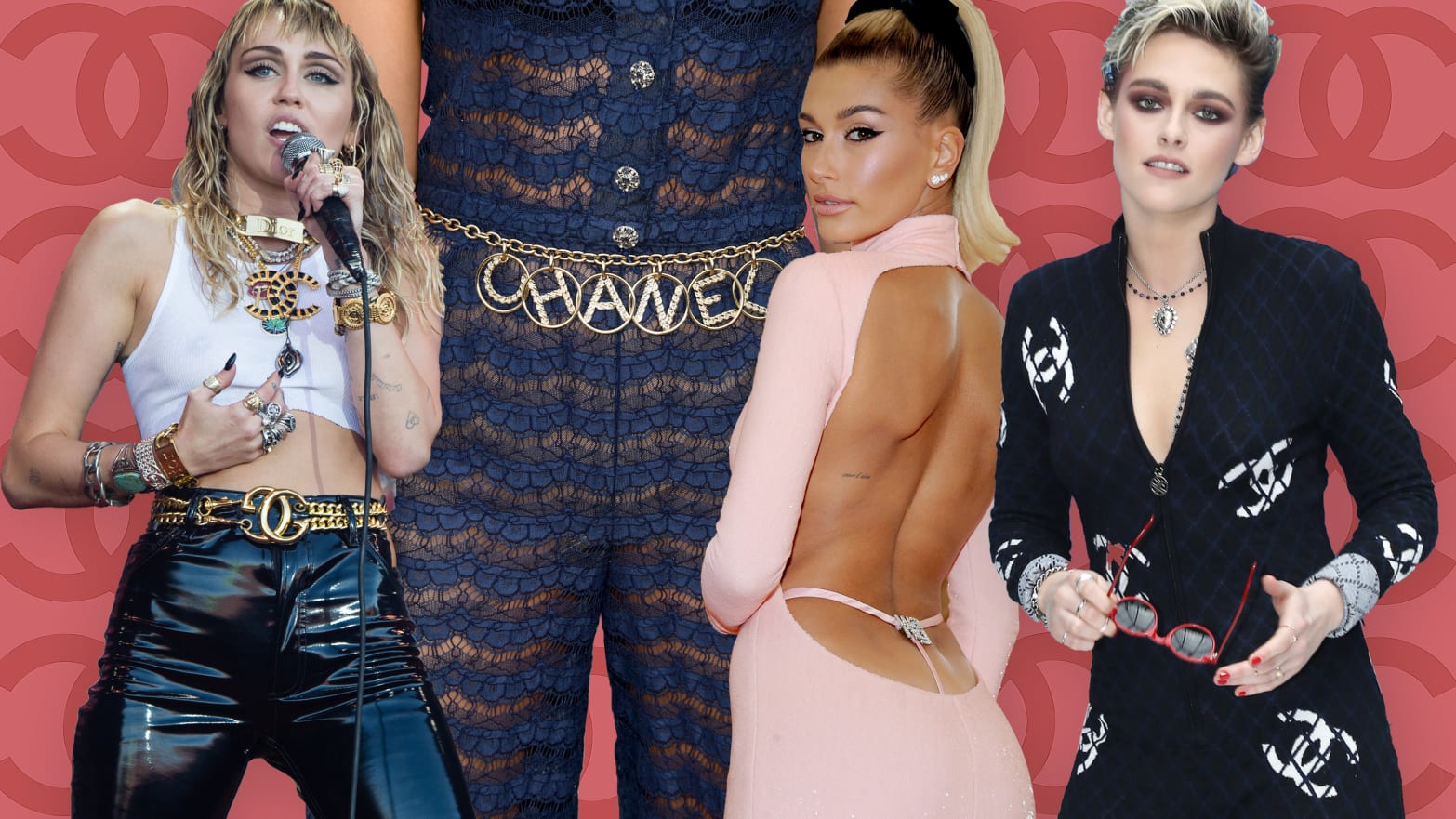Fanatics don’t rely upon E in a post-” “Who are you sporting?” world! Purple cadon’tinterviews to research which fashion designer attire is their favorite celebrity. Tagging the label on Instagram does the process just as quickly; no cable subscription is vital. And increasingly, one doesn’t have Marvel, who madedoesn’t Dion’s belt or Kristin StewaDion’sumpsuit—the logo Stewart’sam it out to you.
Like neon, jorts, and mother denim, logomania has revived itself from the ‘80s, leaving no echelon of ’80sion unturned. You can see it on influencers posing for snapshots in $15 Champion t-shirts or Priyanka Chopra attending Paris Fashion Week repping Dior’s delicate “CD” belt.
“The written word”is”one of “he most precious commodities in style in the intervening time,” Vogue’s Brooke Bobb wrote “eVogue’s year, citing the barrage of text storming down runways. Take, for instance, Gucci creative director Alessandro Michele, who gleefully stamps the design residence’s name and interloresidence’se “G” emblem over the entirety”f”om $1400 sweatshirts to $590 pool slides.
The ever-popular Louis Vuitton revealed bag, a non-partisan piece toted via anybody from Karlie Kloss to Ann Coulter. And even inside the wake of a massive PR disaster for Dolce & Gabbana, who in 2018 launched a racist advert that led to global protests of its products, a stylist for Harper’s Bazaar Arabia nonetHarper’slaced Kris Jenner in huge “DG” sun shades for its upco” in” July issue.
“Logomania became famous onc” more because what’s vintage is, sooner or what’s, usually new once more,” Elle Style Director Nikki “Gunnaike wrote The Daily Beast in an email. “Children of the ‘80s and ‘9 have a soft sp’80sn the’90searts for the fashion they cherished as a kid and are carrying it again as adults.”
Or, designers who loved th” trend as young adults are returning to it as they hit midlife. As Ogunnaike placed it, “Dapper Dan, the New York dr”ssmaker, basically began logomania inside the ‘80s.” Thirty years later, h’80sa”ain for seconds.
Basehe’s Harlem, Dapper Dan’s initial boutique client list of hip hop’s finest, like Salt-n-Pehop’sublic Enemy and Eric B & Rakim. His designs applied for trademarks from brands like Gucci, Vuitton, and Fendi, which sued for infringement in 1992.
In a relatively delicious irony, Gucci’s Michele Changed into Gucci’s cultural appropriation years in the past after recreating a mink bomber that Dapper Dan first made in 1989 for Olympic runner Diane Dixon. (Dapper Dan and Gucci commenced a partnership after the snafu.)
“Logomania might be my largest achievement in style,” Dapper Dan informed The York Times earlier this week. “I’m the father of logomania”I’m just like how that sounds!”
Tracee Ellis Ross, Ashley “Raham, and Salma Hayek have all worn Dapper Dan’s Gucci collaborations. Dan’sunnaike cited that custom Dapper Dan tracksuits will play a function in Queen and Slim, a Lena Waithe film out this Thanksgiving.
“Like the whole lot else she” does, Rihanna is an entire master of emblem-mania restraint. Her take is never too over-the-pinnacle but simply sufficient flash to let everyone recognize that she’s the boss.”
Memories ofshe’s‘90s might”also drive some o’90sgomania’s renewed clout. Hlogomania’s no longer entirely owner’s millennials. “Look no also than the Insta”ram Brat Pack: the likes of Hailey 1st Earl Baldwin of Bewdley, Kendall Jenner, and Gigi Hadid are all PYTs (Pretty Young Things) with lots of money to drop, and young stylists who are plugged into the fashion,” Ogunnaike wrote.
Julia Gal”, the accessories director for Marie Claire, told The Daily Beast that Rihanna also offers a masterclass on how to nail it. “Like the whole thing else s”e does, [Rihanna] is an entire master of emblem-mania restraint,” Gall wrote. “Her take is” no way too”er-the-top, but just sufficient flash to permit all people to understand that she’s the boss.”
But Rihannashe’srsonal lux”riousRihanna’s line, Fenty, is conspicuously free of labels. Her designs come unadorned, even though the brand boasts a complicated, nearly Grecian brand that spells its name in a structural cursive.
Fendi, famous for its “double F” emblem, this day” re-laun” a line of baguette baggage sporting the carved buckle. “This version was handwritten” by Karl Lagerfeld and is nicknamed ‘Karligraphy,’” Gall referred to, namely,” the late, former Fendi innovative director.
Sarah Unger, SVP of Cultural Insights for Civic Entertainment Group, referred to that trademarks misplaced a bit of cachet after the 2008 recession. “We ought to credit score st”Netware with bringing it again,” Unger said. “Supreme and P” lace made ing emblems cool again, but their trademarks are more about being in the recognize, representing access and insider knowledge, versus a gaudy symbol of wealth.” (Maybe a bit of a cash fee” too—those are $350 tune pants we’re talking about, despitewe’reything.)
“Logos have emerged as a part” of creative expression. They’re given to us with those who make them; however, now they’re ours to apply.”
— Sathey’reer
“Unsurprising, I suppose the people we see leaning most into this fashion are influencers or those who want to be backed,” Unger added. “You have hum”n beings rocki”g trademarks as a mark of, ‘I’ve made it.’”
Of course, ‘I’vectual mar'” of 1-percenter elitism is shopping for an undeniable black dress worth lots of greenbacks and no longer caring who knows where it was made. (See pretty much every simplified, $3000 outfit Meghan Markle puts on.)


